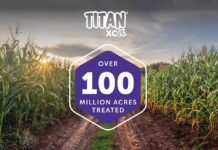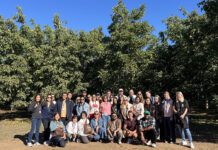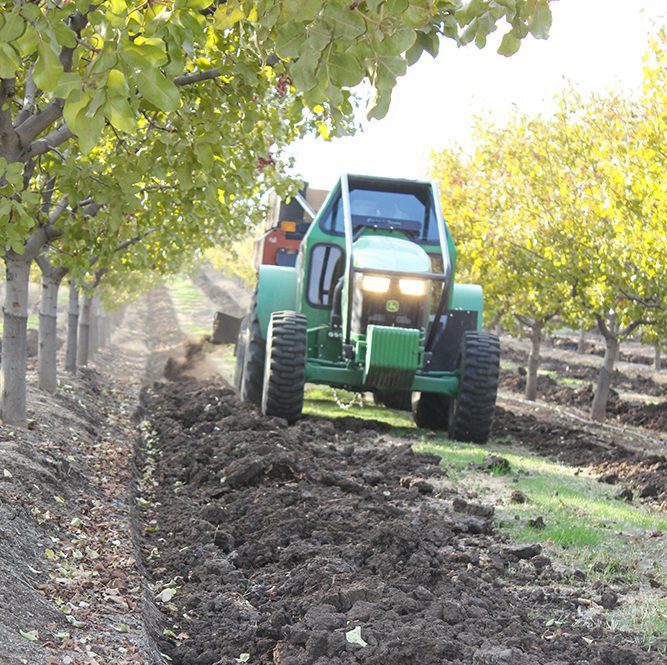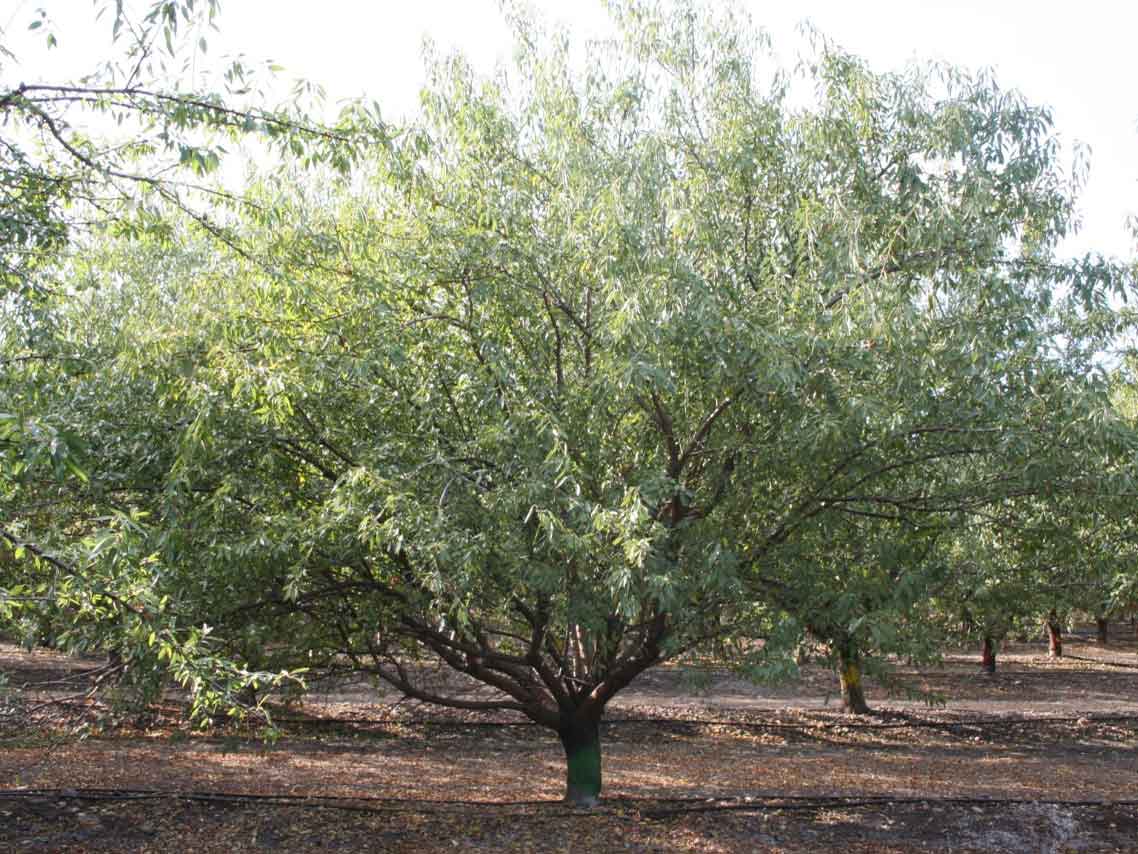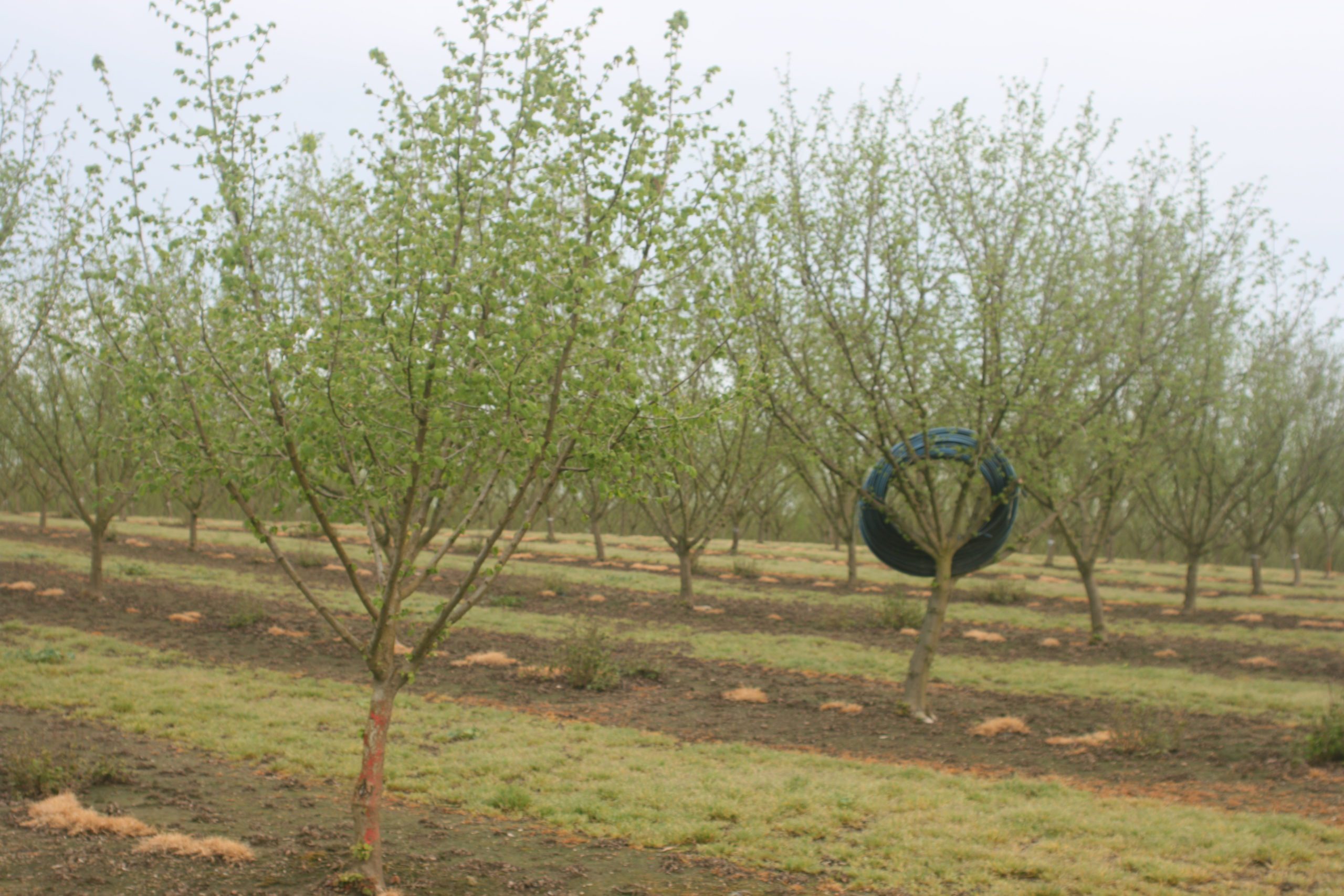The legislative deadline for bills to be introduced has passed and house of origin policy hearings have begun. This year, both houses imposed caps on the number of bills to be introduced during any two-year legislative session to 35 per legislator, so the total number of bills is down compared to recent history. Even with the caps, there were still 1,531 bills introduced in the Assembly and 864 in the Senate, so we are continuing to pour through these bills to make sure we won’t miss anything.
From a legislative perspective, most eyes are on Washington, D.C. and the chaos coming out of the second Trump administration. From the withdrawal of California’s waivers for zero emission fleet and equipment regulations to the imposition of retaliatory tariffs on our exported agricultural products and the massive cuts due to the actions of the new federal Department of Government Efficiency, the news ranges from great to bad. However, it is forcing many California lawmakers to take notice and keep their attention on what is happening on the federal level.
There are some bills we are sponsoring or co-sponsoring and then many that we are heavily involved in supporting or opposing and then a total of more than 50 that we are closely monitoring as they move from a spot bill to more formal legislation. The following is a summary of a few of the key ones we are following so far.
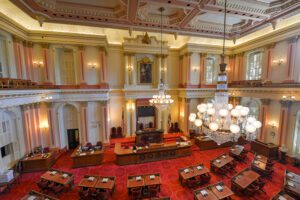
AB 707 (Soria)
This bill carried by Assemblywoman and Assembly Ag Committee Chair Esmeralda Soria would appropriate $455 million towards the relocation of Highway 152 to accommodate the raising of the San Luis Reservoir. The dam would be raised by 10 feet and would expand the capacity of the reservoir from 2,000,000 acre-feet by an additional 130,000 acre-feet. This will be a difficult challenge given the state’s current financial situation but is supported by many nonetheless.
AB 732 (Macedo)
As the Sustainable Groundwater Management Act continues to be implemented and crop mixes change, there has been an uptick in abandoned orchards and vineyards. While it is understandable, there has also been an uptick in pests including damaging insects, rodents and even wild pigs seen in these abandoned orchards. This leaves surrounding farms vulnerable to increased damages and yield loss. This bill would authorize county ag commissioners, after exhausting all efforts to get the landowner to address a proven nuisance, to levy civil penalties.
AB 942 (Calderon)
This is terrible legislation that would impact every user of solar but especially those involved in agricultural operations that have made a long-term investment and banking on recouping the saving for at least 20 years. This legislation would immediately stop any solar contracts currently operating under NEM 1.0 or NEM 2.0 after only 10 years of service and place them under the Net Billing Tariff which provides far less savings than NEM 1.0 or 2.0 even though those were guaranteed for those solar equipment owners when they purchased and installed them. The ag community will be launching an all-out assault against this legislation.
AB 1046 (Bains)
Currently, food processors are required to register as Tier 1 or Tier 2 facilities and report how much food waste they send to landfills even if they don’t send anything to a landfill. In addition, in some counties they are subject to inspections and pay fees for this program. Tree nut operations do not generate any food waste that goes to a landfill and some counties recognize this and have exempted these operations from the program. Others have not. This bill would narrowly exempt those operations that do not send any food waste to a landfill.
AB 1305 (Arambula)
This legislation would require air pollution control districts make publicly available a map of all permitted facilities within the air district and to consult with community activist groups in designing the map and how it is displayed to the public. This is a bad bill that would ultimately give more power to activist groups.
AB 1336 (Addis)
This bill that would create a disputable presumption that a heat-related injury that develops within a specified timeframe after working outdoors for an employer in the agricultural industry arose or came in the course of employment. It is incumbent for the employer to prove it did not happen at work.
SB 72 (Caballero)
Among other things, this legislation would require the Department of Water Resources to update the interim planning target for 2050 for the California Water Plan to include a discussion of the needs for a sustainable urban sector, agricultural sector and environment as well as safe drinking water for all Californians.
SB 89 (Weber Pierson)
This legislation would prohibit the sale of glyphosate after Jan. 1, 2028.
SB 279 (McNerney)
This bill would increase the exemption for composting agricultural materials on the farm from 1,000 cubic yards to 5,000 cubic yards to be given away or sold.
SB 601 (Allen)
This legislation would grant the State Water Resources Control Board unbridled authority to adopt water quality standards for any waters including those exempted from Federal. It creates a new term called ‘nexus waters,’ which the state would define as all waters of the state.
SB 628 (Grove)
Farmworkers and farms have been impacted by California’s overtime laws creating an unlevel playing field as compared to the 45 states in the U.S. that do not have any ag overtime provisions. This bill would create a payroll tax credit to reimburse agricultural employers for overtime wages paid to ag employees.
SB 778 (Limon)
This bill would redefine the eligibility criteria for migrant agricultural worker families to access the Migrant Childcare and Development Programs. By lowering the income threshold from 50% to 40% of total gross income earned from agricultural work, this bill will make it easier for more farmworker families to qualify for essential services such as meals, snacks, parent education, referrals to health and social services including staff development opportunities for employees.
Finally, California is facing another tough year financially. With reduced spending, concerns on continuing the incentive funding for tractors and harvesters as well as for helping groundwater sustainability agencies fund water recharge and conveyance projects, agriculture is paying a lot of attention to the budget discussions. One area where there is tremendous focus is the Greenhouse Gas Reduction Fund (GGRF), where money collected from large greenhouse gas emitters is collected. These funds are intended to be spent on program that get greenhouse gas reductions. Committees have been formed in both houses to review the GGRF program and agriculture is looking to ensure some of that money is spent on agricultural projects, such as the FARMER program to replace tractors and harvesters, alternatives to ag burning like incentives for chipping and incorporation, dairy methane reduction and funding for new technology projects at food processors to reduce greenhouse gas emissions. This will be a battle that will play out all year long. Of course, every legislative session in California is a yearlong battle.

By Roger A. Isom | President/CEO, Western Agricultural Processors Association
Roger is President/CEO of the California Cotton Ginners and Growers Association and Western Tree Nut Association. He brings over 30 years of regulatory and legislative advocacy experience, specializing in environmental and safety matters. Roger’s responsibilities include the management of both Associations’ staff and day-to-day operations. Roger is also the President of the Ag Energy Consumers Association (AECA), board member and Past President of the Ag One Foundation at California State University Fresno, and manages the Navel Orangeworm Action Committee (NOWAC).





